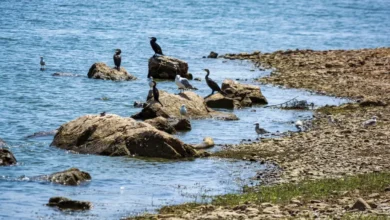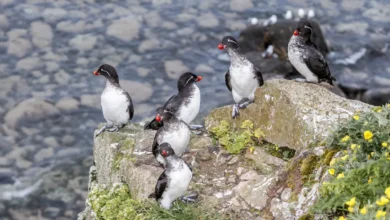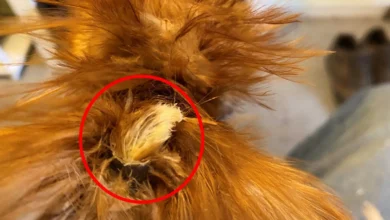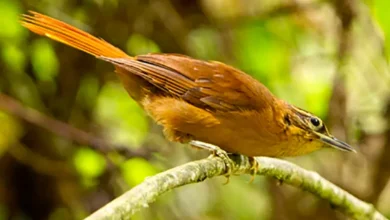Below article courtesy of Richard Poole and Christine Brown Longwood, FL
Wild Bird Nesting Boxes
Current directions for construction of nest boxes state that ventilation holes should be inserted in the top of the boxes. Placement, number of holes and diameter are not specified.
- https://edis.ifas.ufl.edu/UW058 Ventilation holes or slits should be located at the top of both sides just beneath the roof.
- https://www.birds.cornell.edu : untreated wood (pine, cedar, or fir) thick walls (at least 3/4 inches) extended, sloped roof rough or grooved interior walls, recessed floor, drainage holes, ventilation holes, easy access for monitoring and cleaning.

For ten years these authors have checked boxes without ventilation holes with no avian fatalities. Most of these boxes were in the shade so the need for ventilation holes was suspect. Some boxes for bluebirds did receive sun for most of the day.
Queries were made to the University of Florida and Cornell University for the difference in temperature of ventilated boxes and unventilated boxes. We received no such data and decided to conduct an experiment.
Six boxes with an inside base of 11.5 x 12.5cm, inside height 24cm, hole diameter of 4cm with the base of the hole 17cm above the floor were constructed. In three of the boxes four 0.6cm holes were drilled in each side 1cm below the top. The bottom of the entrance hole was 1.5 m above the ground.
Temperature in the bottom of the boxes was recorded over six days during clear sunny weather. Temperatures outside the boxes varied from 35 to 43 degrees C. The ventilated boxes averaged a temperature of 34.0C degrees; the unvented boxes a temperature 34.9C.
A difference of less than one degree is not enough to threaten the life of young birds in nest boxes. With the continued destruction of trees nest boxes become more and more important for the preservation of cavity nesters.
We monitor nest boxes in Wekiwa Springs State Park, Apopka, FL. A box contained four nestling Eastern Bluebirds, but one was about twice the size of the others. “Cowbird” was our first thought, but it looked like the other three except for size.

We returned several days later and determined that it was a bluebird. All four fledged.
We mentioned this occurrence to many people.
The best theory was that the temperature in the box was hot enough to begin to incubate the first egg laid. If true, a temperature hot enough to incubate an egg is not detrimental to young bluebirds.
Instructions for nest box construction should be based on facts, not assumptions.



